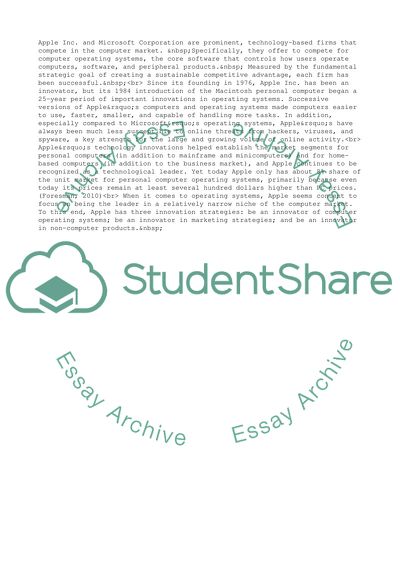Cite this document
(“Strategic Analysis: Apples Innovation vs. Microsofts Pricing Term Paper - 1”, n.d.)
Strategic Analysis: Apples Innovation vs. Microsofts Pricing Term Paper - 1. Retrieved from https://studentshare.org/business/1734219-strategies-in-action
Strategic Analysis: Apples Innovation vs. Microsofts Pricing Term Paper - 1. Retrieved from https://studentshare.org/business/1734219-strategies-in-action
(Strategic Analysis: Apples Innovation Vs. Microsofts Pricing Term Paper - 1)
Strategic Analysis: Apples Innovation Vs. Microsofts Pricing Term Paper - 1. https://studentshare.org/business/1734219-strategies-in-action.
Strategic Analysis: Apples Innovation Vs. Microsofts Pricing Term Paper - 1. https://studentshare.org/business/1734219-strategies-in-action.
“Strategic Analysis: Apples Innovation Vs. Microsofts Pricing Term Paper - 1”, n.d. https://studentshare.org/business/1734219-strategies-in-action.


